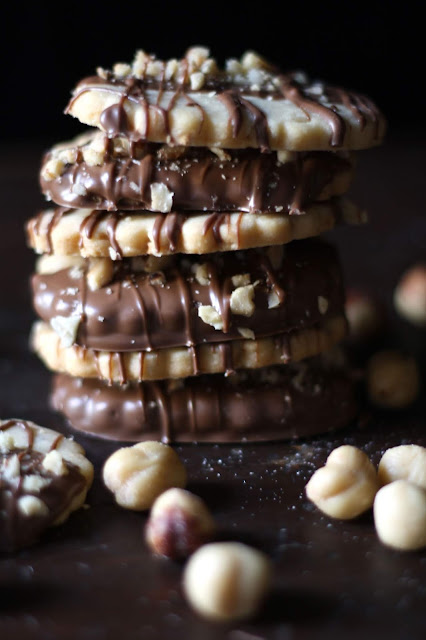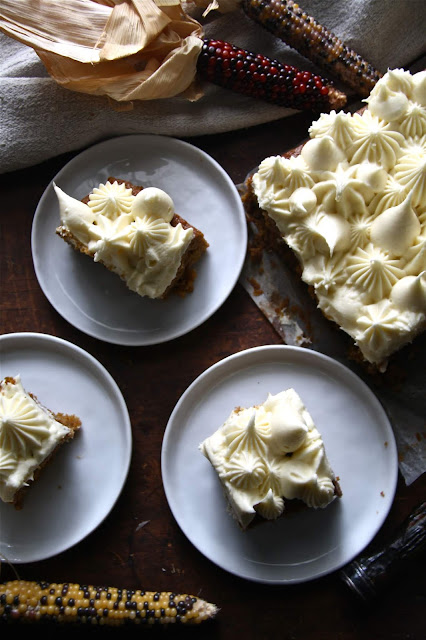The first piece of fudge I ever had came from a fudge store in Wisconsin Dells, Wisconsin while on a family vacation. On one of the nights we all piled into the car and went into town to look for souvenirs and buy postcards. As we walked through town a strong, an intoxicating aroma of chocolate filled the air. One couldn't help but be reeled into the fudge shop. A huge white marble slab topped with a humungous mound of chocolate fudge sat in the store's window. The most irresistible sight for young eyes. Cut into one big piece, the fudge was packed in white boxes having a plastic knife tucked inside. These boxes were the epitome of the expression 'good things come in small boxes'. My childhood taste buds thought it was the BEST fudge in the entire world. Our box of chocolate fudge usually didn't last the week. So on the last night of the vacation, we made a second trip into town to get another one to bring home just so our taste buds wouldn't forget this creamy chocolate deliciousness. It would be another year before we returned back. From a child's perspective, a year is a lifetime.
To this day, anytime anyone travels up to Wisconsin Dells, I tell them to get some fudge from the shop in town. Some things don't change. Like the quality of fudge in those summer vacation towns.
In my pile of recipes collected over the years, there were three fudge recipes. I could only remember making two of them. However, I wasn't sure which one I recalled as being the BEST one as it has been awhile since I have made fudge. It may not have mattered which one I chose as I was going to make changes to it anyway.
Homemade fudge is usually made with either cocoa or chocolate chips. This one uses chocolate chips. Semi-sweet chocolate chips. The addition of nuts is usually a personal preference. This one uses roasted pecans rather than the more traditional walnuts. Here in the midwest we have a candy called 'turtles'. These chocolate, caramel, pecan confections are addictive. As if chocolate fudge wasn't addictive enough, I decided to add caramel to the recipe as well.
Truth be told it does drive me a little crazy when recipes are quasi-specific. Fudge recipes, like this one, are often quasi-specific. Meaning they don't all require the use of a thermometer, relying instead on 'boiling time'. So I apologize in advance if this Turtle Fudge recipe makes any of you a bit crazed. The good news is you will only feel this for a short while. Once euphoria sets in when you taste this fudge you, your temporary craziness won't matter.
Have all of your ingredients measured out and your pan lined with parchment paper before you begin making the fudge. The cooking process moves rather quickly. Use the heaviest bottomed pan you have, one that distributes heat evenly (I used a copper pan). Rather than using a wooden or metal spoon to stir the cooking mixture, use a good rubber spatula.
The addition of caramel takes this fudge to an even higher level of richness. If using, buy a high quality, thick store-bought or homemade caramel sauce (one you really love). If not using, add the pecans into the fudge mixture when you mix in the butter, marshmallow cream and chocolate chips. And if you don't like nuts, leave them out. Or if you don't like pecans, use walnuts or macadamia nuts. Just remember to roast them before using.
Maybe the hardest part of making this Turtle Fudge is waiting for it completely chill in the refrigerator. Or maybe it's showing restraint and eating only a couple of pieces.
RecipeTurtle Fudge
Ingredients
1 small can (5 ounces) evaporated milk
1 jar (7 - 7.5 ounce) marshmallow cream
4 Tablespoons unsalted butter, room temperature
1 1/2 cups (300 g) granulated sugar
1/4 teaspoon kosher or sea salt
2 cups (12 ounces) semi-sweet chocolate chips
2 teaspoons vanilla
1 cup (108 g) pecan halves, roasted, and coarsely chopped
3-4 ounces good quality caramel sauce
Directions
1. Line an 8" x 8" pan with parchment paper. Set aside.
2. In a heavy bottomed medium sized, add in the evaporated milk, sugar, and salt. Over medium-high heat, bring to a rolling boil, stirring constantly with a rubber spatula. Boil mixture for 6 1/2 minutes stirring constantly.
3. Remove from heat and immediately add in vanilla, marshmallow cream, and chocolate chips. Stir until smooth and chocolate has melted. Do not over mix or mixture will begin to stiffen.
4. Working quickly pour half of the fudge mixture into the pan. Drizzle on half of the caramel sauce and half of the pecans. Pour remaining fudge and top again with the remaining half of the caramel sauce and pecans.
5. Allow to set out until slightly cooled. Approximately 20 minutes.
6. Cover with plastic wrap and chill for at least 4 hours or overnight.
7. Cut into 1 inch squares. Place cut squares in small sized paper cups.
8. Serve slightly chilled and enjoy.
9. Store fudge covered in the refrigerator for up to a week. If it lasts that long.
(1) I used the Fat Toad Farm Traditional Goat's Milk Caramel Sauce. (2) I like to eat chilled fudge, thus the recommendation to serve it that way. After you chill, cut into squares and put into candy papers, you can also serve it room temperature. However, would recommend storing it the refrigerator and taking out a couple of hours out before serving.
Rocky Mountain National Park (September 2016)























































